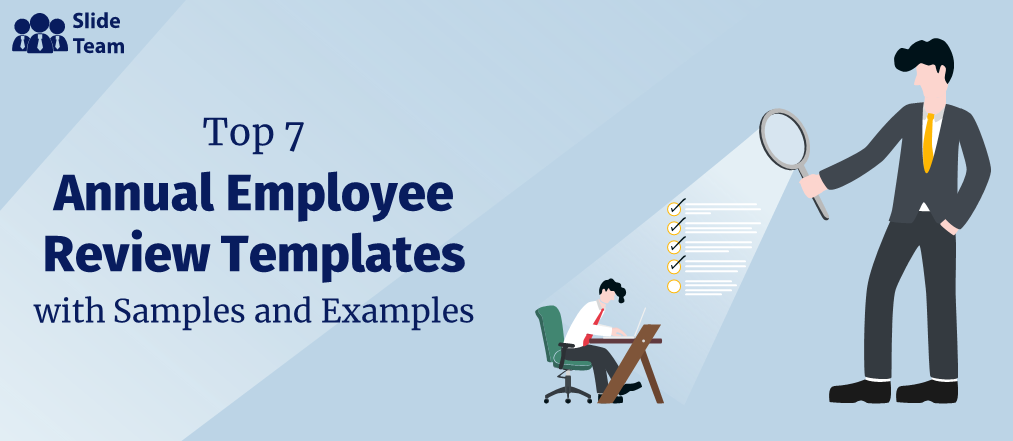This September 4, as the US celebrates Labor Day, it’s a chance for organizations to evaluate their worker’s conditions and ensure workplace satisfaction. Employee wellbeing is, after all, pivotal to any organization's growth and prosperity and the best way to measure it is through feedback. Employee feedback must be obtained from everyone in the organizational hierarchy and only then will it be deemed effective.
After the feedback is collected, it must be analyzed and presented well to draw key insights. SlideTeam’s employee feedback templates help you draw such insightful conclusions that help you devise corrective action plans.
Employee feedback is also great at evaluating employee performances and knowing where the workplace talent stands. Once again, our hand-picked templates will allow you to generate a 360 degree feedback and present it before management.
Whether you want to conduct employee training, renovate workspaces, or renew office staff, ensure your decisions are made after going through employee feedback templates.
The 100% customizable nature of the templates allows you to edit your presentations. The content-ready slides give you the much-needed structure. Our top 7 employee feedback templates are referenced below!
Employee Feedback Templates for You
Template 1: 360 Degree Employee Feedback Results With Average Rating
Once you have conducted an employee performance review, the feedback of this assessment must be presented with clarity. There's no better way to do so than with this employee feedback template that allows you to share a 360 degree overview on your employees. You can customize this template for individual employees and even rate their individual skills. Color-coded ratings and a scale from 1-5 can be used to arrange and rank the performance of your employees. Download it now.
Template 2: Employee Feedback Survey Results To Assess Team Engagement
This PPT Template shares feedback of your team engagement initiatives as per employees, and the light in which they see it. Rate Their different skills like communication, involvement, work-balance, and behaviors and track the progress. You can represent this comparison both graphically and with numbers and monitor how employees are evolving and contributing to the company’s growth. Download the editable PPT Layout now.
Template 3: Employee Feedback Methods To Improve Satisfaction Workplace Communication Human
This PPT Template is a guide at your fingertips to collect feedback from employees in increasing workplace satisfaction. Use this content-ready presentation template to talk about the importance of hosting such surveys and citing the pros and cons of the types of surveys. Mention the frequency of conducting such reviews and reinforcing communication and coordination by downloading this single-slide right away.
Template 4: Employee Feedback Analysis Dashboard for Understanding Training Effectiveness
Track the effectiveness of your employee training programs and monitor it with this dashboard template. Tally parameters like applicability, audience count, overall satisfaction, and NPS with Excel-linked scales, as depicted in this PPT Dashboard. You can monitor the attendance and interest level demonstrated by your audience in such training over the months and present the same with graphs to enhance effectiveness. Without further ado, grab it now!
Template 5: Employee Performance Comparison Table With Feedback
Assess and report the versatility of your employees across departments like sales, finance, marketing, etc with this PPT Chart. Rate their performance between satisfactory to unsatisfactory so that you identify the top performers of your company. You can also rate employees within departments based on their skillfulness and reward them accordingly. Own this PPT Design now with a click at the link below.
Template 6: Employee Feedback Regarding Performance Coaching Improvement Plan and Major
As a team leader, share the performance of your team to create an improvement plan for them with this PPT Layout. Assess up to 10 employees at once based on their training results, mentoring, improvement demonstrated, and general participation and enthusiasm in team activities. Give them individual ratings and finally tally the overall rating to see where your workforce stands. Without further ado, download it now!
Template 7: Employee Feedback Results With Areas of Decline
Get clients, mentors, and colleagues of employees to give 360 degree reviews and share it with the individual concerned with the format, as showcased in the PPT Template. Highlight individual competencies graphically and report on their strengths and weaknesses that they need to be mindful of to ensure their professional performance is always optimized. Customize and prepare individual feedback cards for your employees so they work on constructive criticism and are motivated to improve. Download now.
Template 8: Questionnaire To Obtain Employee Feedback for Analysis
It’s not only the employees that should chase improvement, but the organization should aim for excellence too. Here’s the template for that. Collect feedback from your employees to create better and satisfactory workspaces using this employee feedback template. Deploy this questionnaire template to learn how your employees perceive the workplace and if they are satisfied or not. With this template you can imbibe the practice of connecting better with your employees and retaining them for long. Download now
OWN THESE TEMPLATES NOW!
Own these employee feedback templates today to collect observations and share reports to the management.
PS: Perfection within workplaces is the product of continuous improvement and you can achieve this with our dedicated presentation templates as put together in this blog.
FAQs on Employee feedback
What is employee feedback?
Employee feedback is the process of gathering and sharing insights, opinions, and assessments from employees regarding their work experiences, performance, and overall organizational environment. It involves open communication between employees and their supervisors, peers, or management to provide constructive observations, suggestions, and comments. Feedback can be both formal, through performance reviews or surveys, and informal, through regular conversations. It plays a crucial role in fostering employee engagement, development, and motivation, enabling individuals to understand their strengths, areas for improvement, and alignment with company goals. Effective feedback promotes a culture of continuous learning and growth, enhances teamwork.
How do you write feedback for an employee?
- Start Positively: Begin by recognizing strengths and achievements to create a positive tone.
- Be Specific: Provide clear examples of observed behaviors, actions, or results.
- Address Improvement: Offer constructive feedback on areas needing enhancement, focusing on growth.
- Suggest Solutions: Provide actionable suggestions or resources for improvement.
- Encourage Self-Reflection: Prompt the employee to assess performance and contributions.
- Set Expectations: Outline clear performance expectations .
- Express Support: Convey your belief in the employee's potential for growth.
- Keep it Concise: Be succinct and to the point to ensure clarity.
- Choose the Right Format: Decide whether written or in-person feedback is more suitable for the situation.
- Use SBI Model: Structure feedback using the Situation-Behavior-Impact framework.
- Offer Follow-Up: Indicate your willingness to support their development further.
Remember, effective feedback is a continuous process that nurtures improvement and engagement.
What is positive feedback at work?
Positive feedback at work refers to the practice of acknowledging and reinforcing desirable behaviors, accomplishments, and contributions of employees. It involves recognizing and appreciating their efforts and achievements to create a motivating and supportive work environment. Positive feedback can manifest in verbal praise, written commendations, public recognition, or rewards. This type of feedback not only boosts employees' morale and self-esteem but also reinforces behaviors aligned with company values and objectives. It enhances job satisfaction, engagement, and overall well-being.
What are the seven keys to feedback?
The seven keys to effective feedback encompass crucial principles for delivering impactful and constructive input:
- Timeliness: Deliver feedback to maintain relevance and address situations while they're fresh, reinforcing positive behavior or correcting issues.
- Specificity: Provide detailed, clear feedback focused on particular actions, behaviors, or outcomes. Precision helps recipients understand and act on the information.
- Clarity: Use straightforward language to avoid confusion and ensure the message is easily comprehensible, enhancing the feedback's effectiveness.
- Actionability: Offer actionable insights and practical suggestions for improvement, guiding recipients toward specific steps.
- Balance: Recognize accomplishments while addressing areas for growth, striking a harmonious equilibrium between positive reinforcement and developmental advice.
- Ownership: Present feedback from a personal perspective, taking responsibility for your observations and opinions, and avoiding assumptions or generalizations.
- Respectful Construction: Frame feedback in a respectful, constructive manner, concentrating on behaviors or actions rather than personal traits, and positioning feedback as a catalyst for progress.
Adhering to these principles cultivates a culture of transparent communication, continuous advancement, and mutual esteem, amplifying the potency of feedback exchanges in diverse settings.
What are three feedback methods?
Three feedback methods are:
- Verbal Feedback: This involves direct spoken communication between the giver and receiver. It can be immediate, such as in-person conversations, one-on-one meetings, or team discussions. Verbal feedback allows for real-time clarification, elaboration, and instant reactions, promoting open dialogue and relationship building.
- Written Feedback: This method uses written communication, such as emails, memos, or feedback forms. It provides a documented record of the feedback, which can be revisited for reference. Written feedback allows for careful formulation of thoughts.
- 360-Degree Feedback: In this approach, feedback is collected from multiple sources, including supervisors, peers, subordinates, and even self-assessment. It offers a comprehensive view of an individual's performance and behavior, highlighting strengths and areas for improvement from various perspectives. 360-degree feedback encourages self-awareness, promotes collaboration, and can lead to well-rounded personal and professional growth.





 Customer Reviews
Customer Reviews

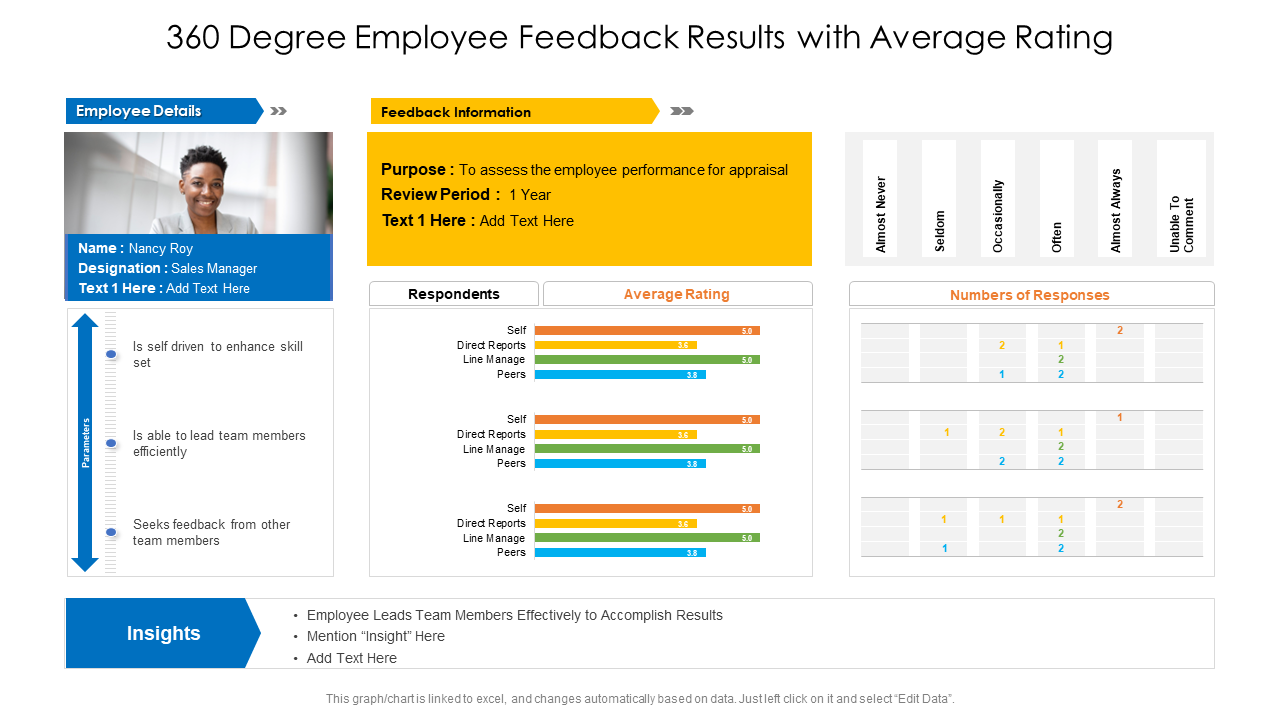
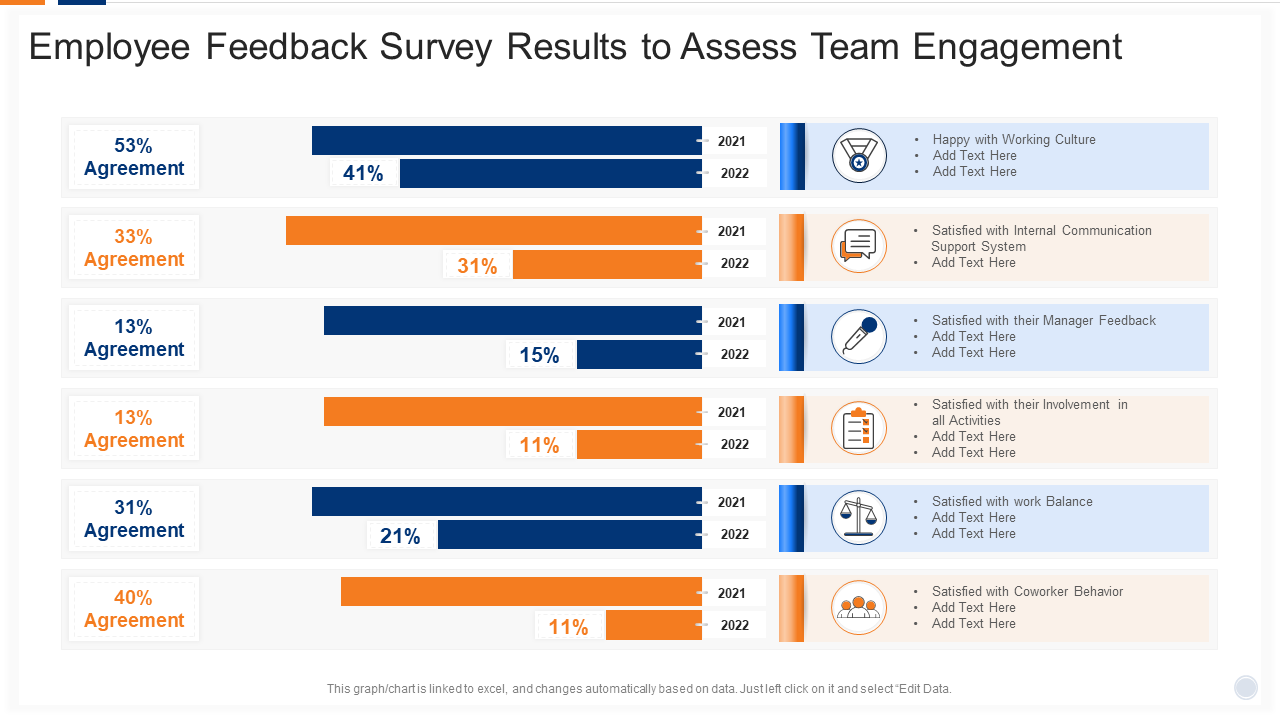
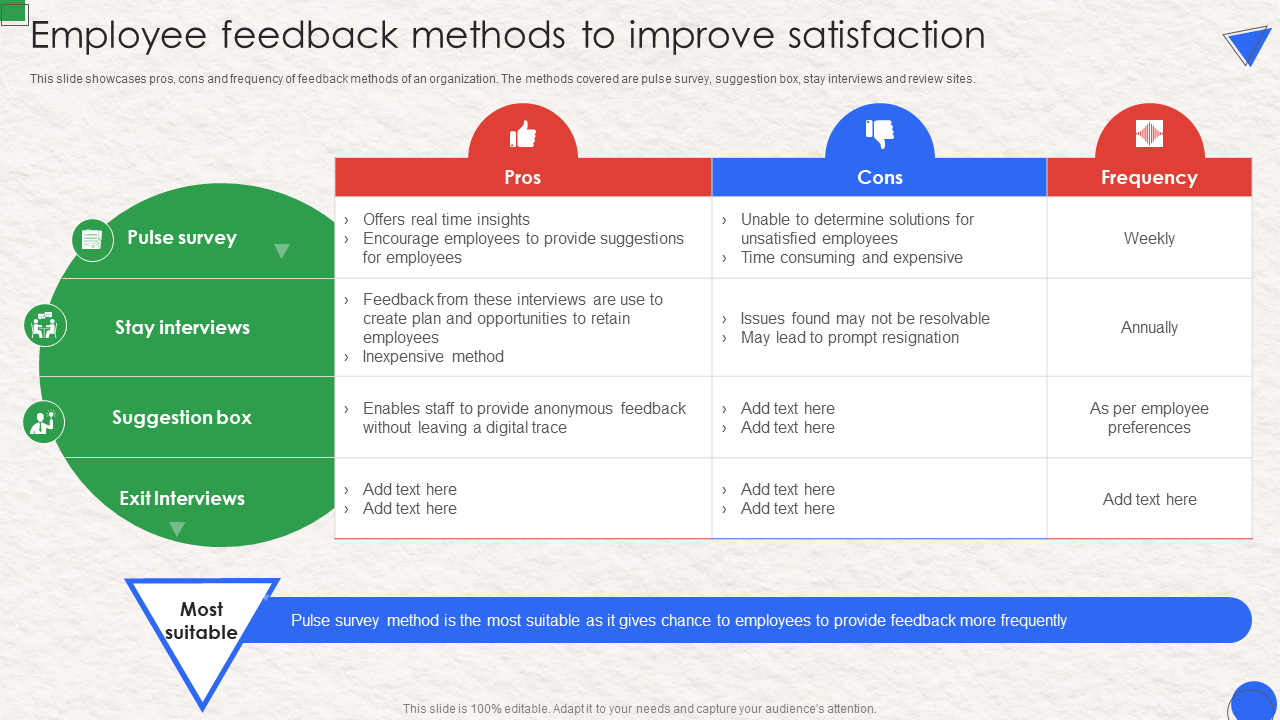
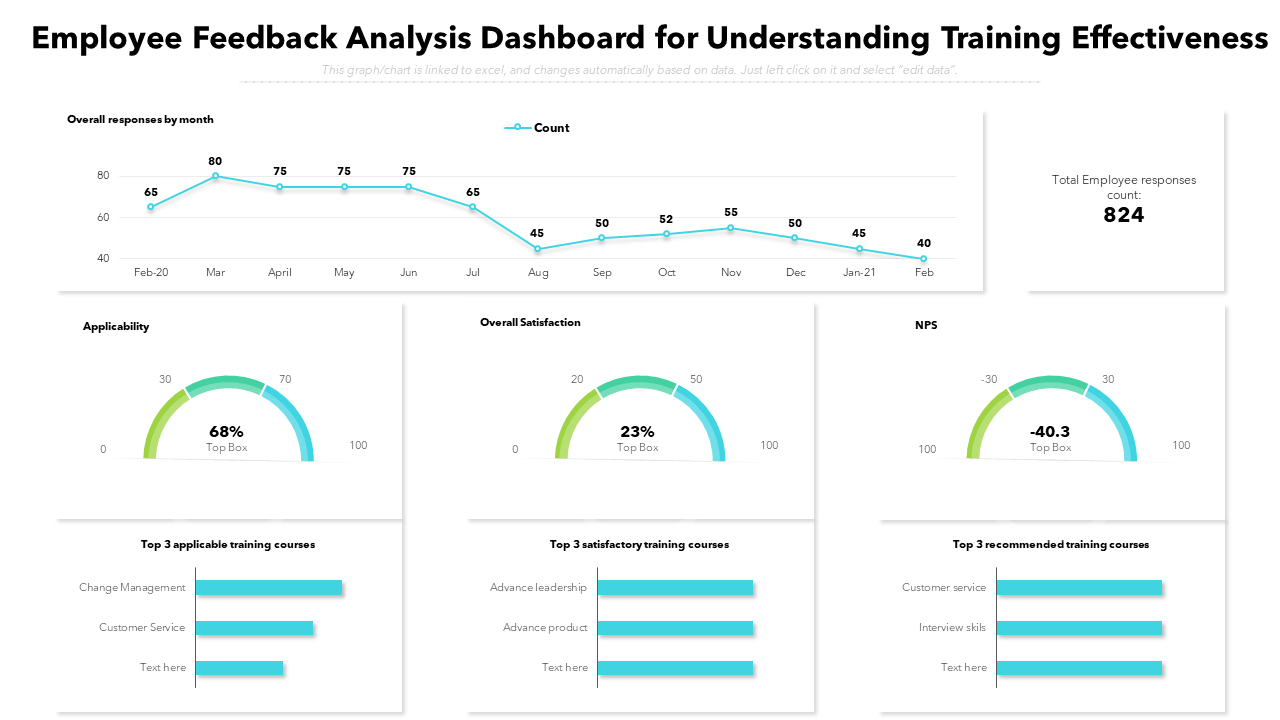
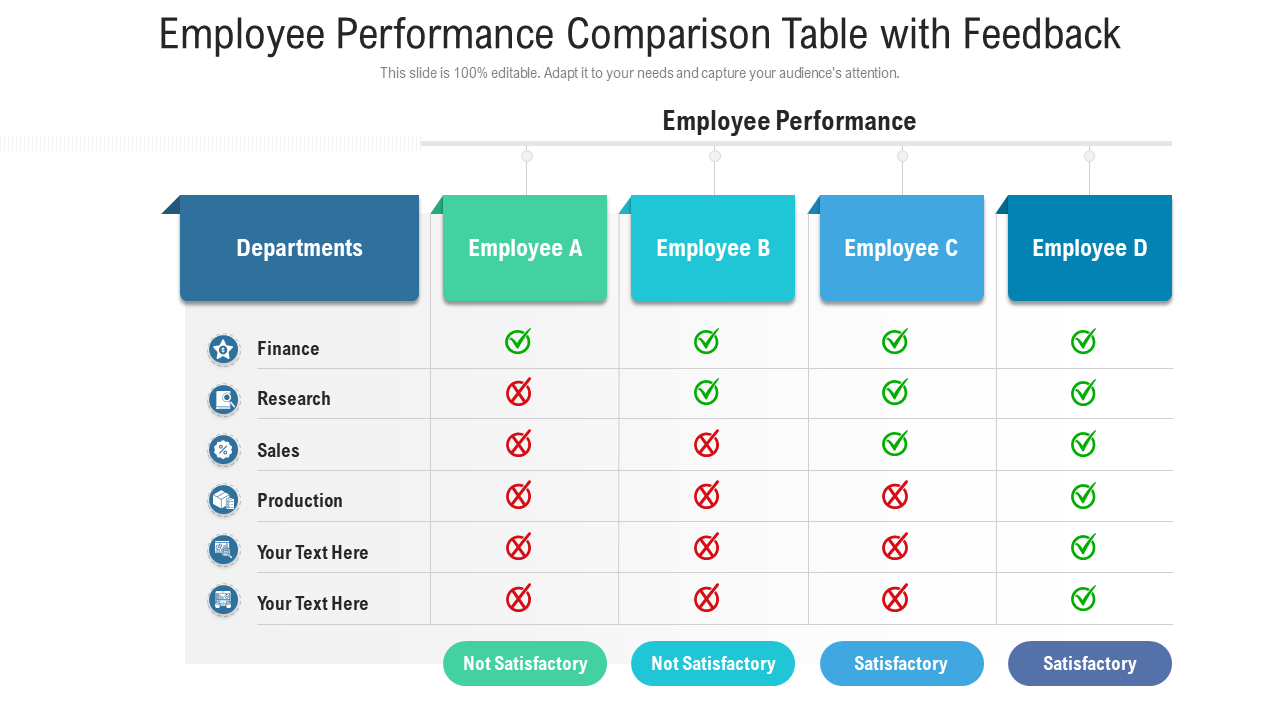
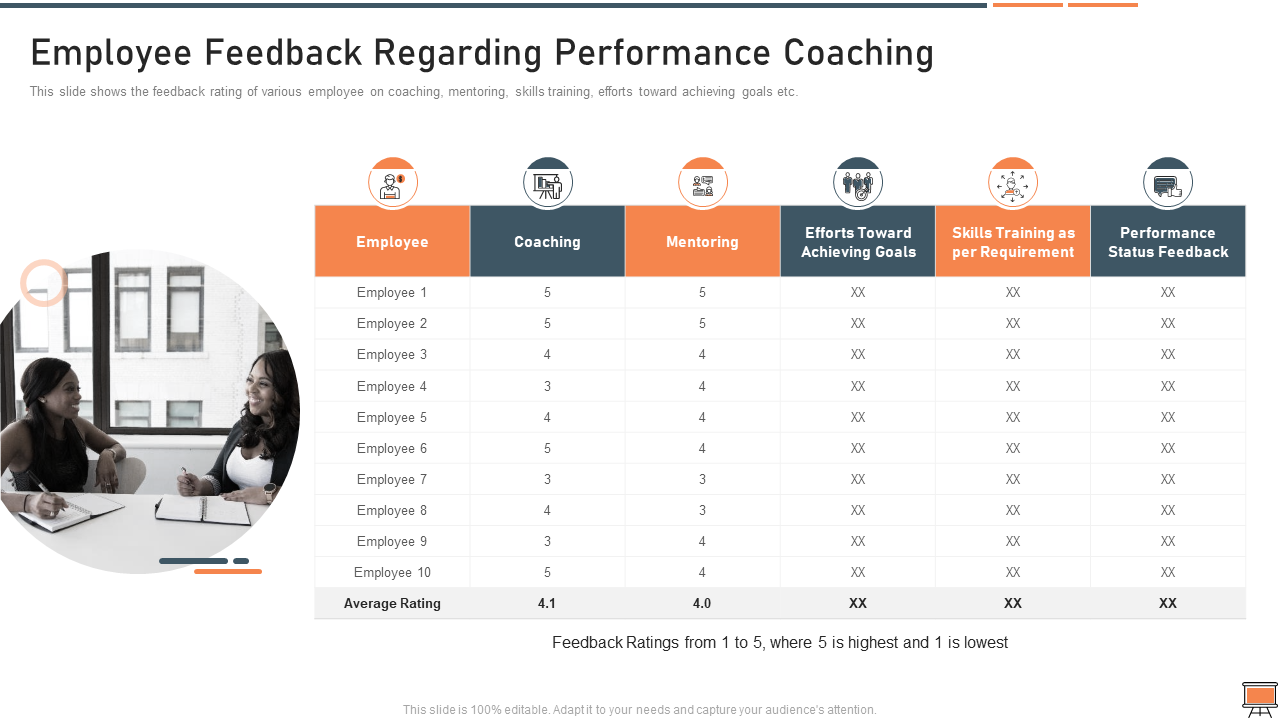

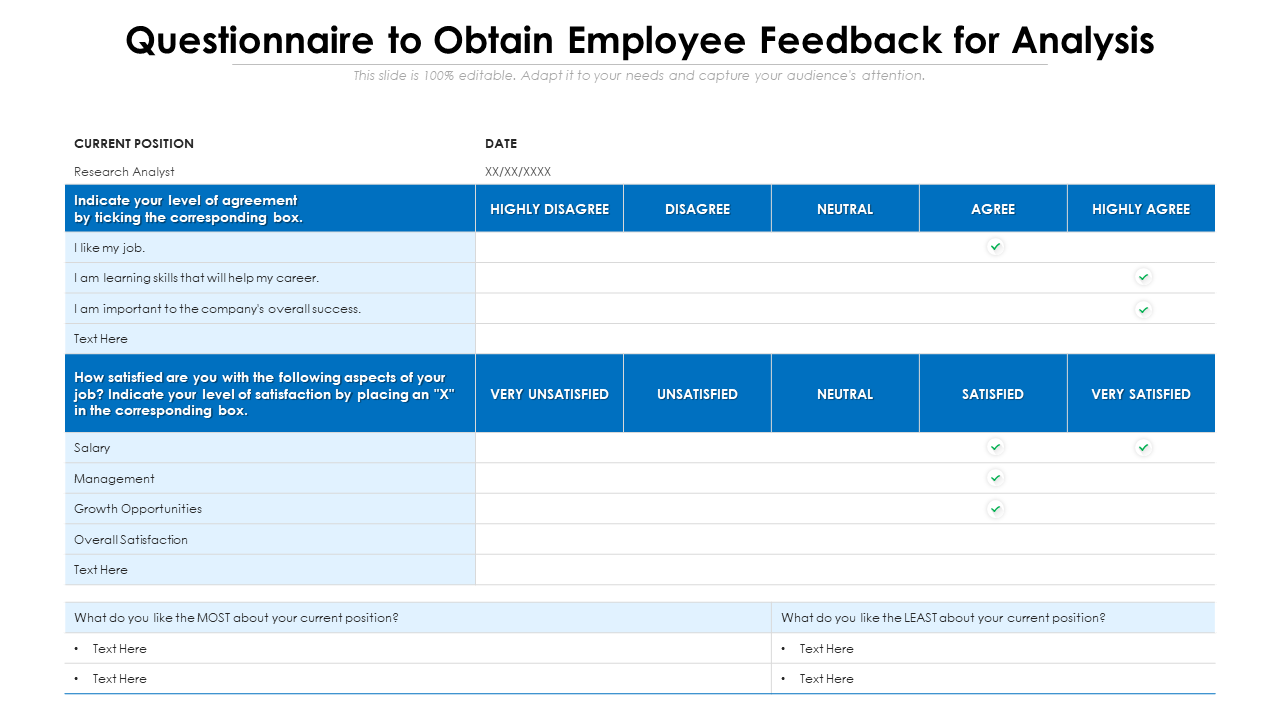





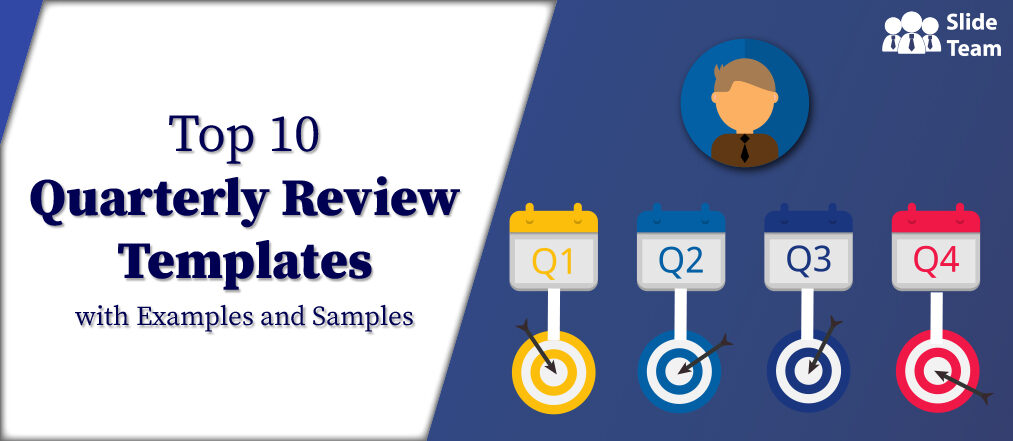


![Top 10 Employee Benefits Templates to Promote Healthy and Productive Workplace [Free PDF Attached]](https://www.slideteam.net/wp/wp-content/uploads/2022/06/1013x441no-button-3-493x215.gif)


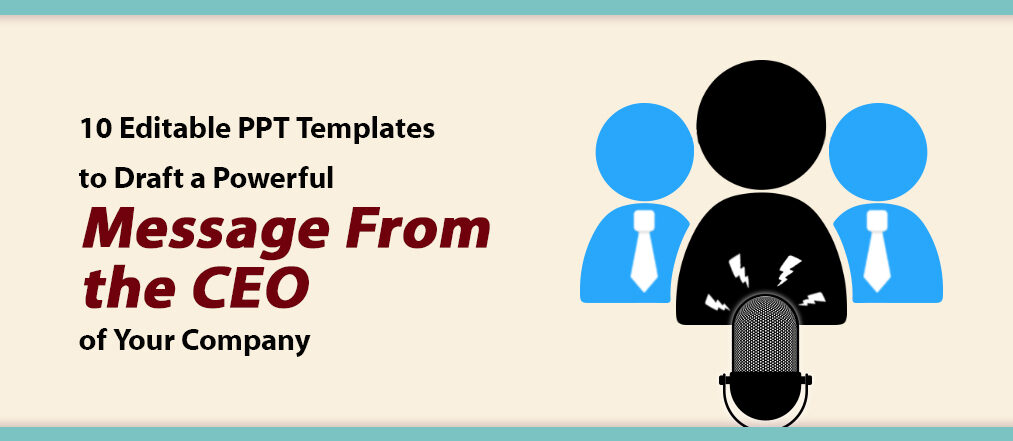
![[Updated 2023] Top 30 60 90 Day Plan Templates for Interviewees, Managers, CEOs, and more!](https://www.slideteam.net/wp/wp-content/uploads/2020/02/Banner-15-335x146.png)

![Top 11 Work Anniversary Templates to Wish Your Peers and Employees [Free PDF Attached]](https://www.slideteam.net/wp/wp-content/uploads/2022/04/Top-11-Work-Anniversary-Templates_1-1013x441.png)

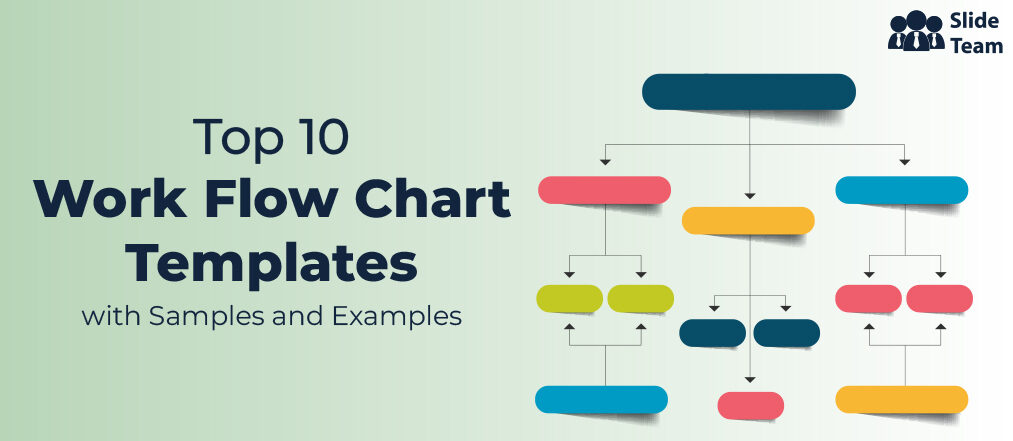
![25+ One-Page Performance Reports for a Result Driven Assessment [Free PDF Attached]](https://www.slideteam.net/wp/wp-content/uploads/2022/03/1013x441no-button-18-1013x441.jpg)
